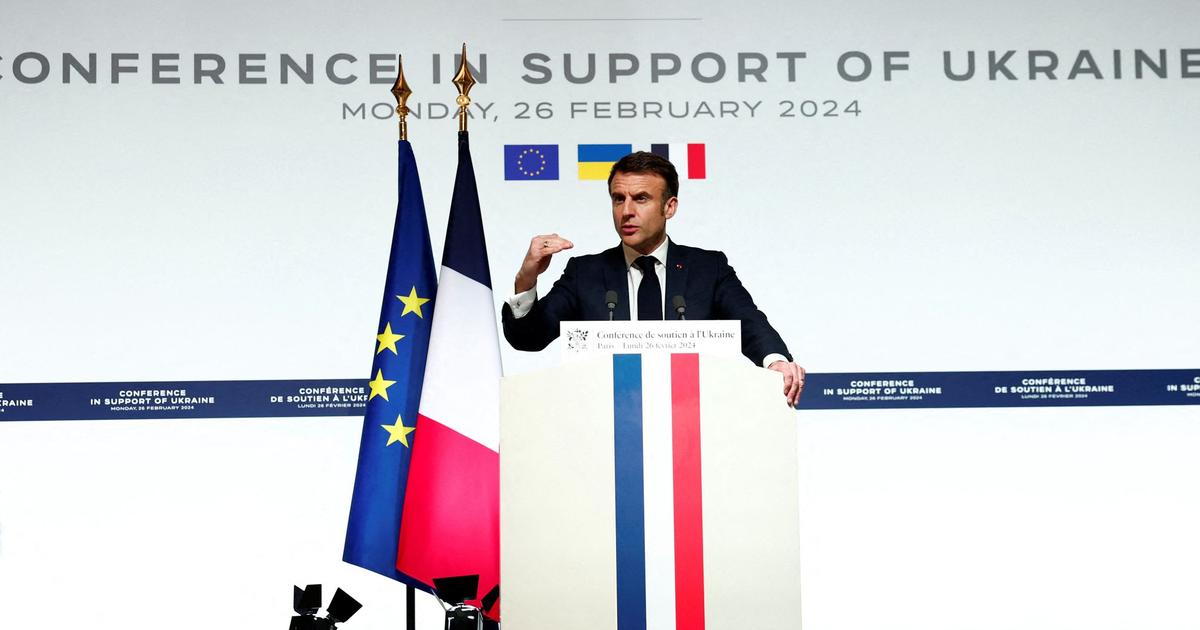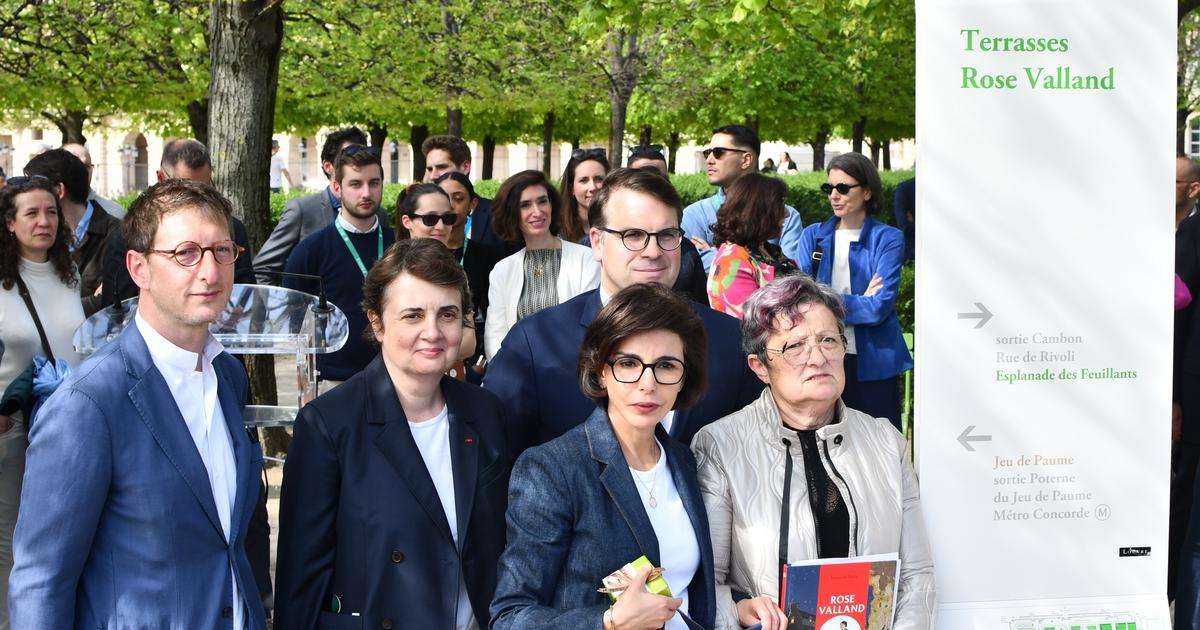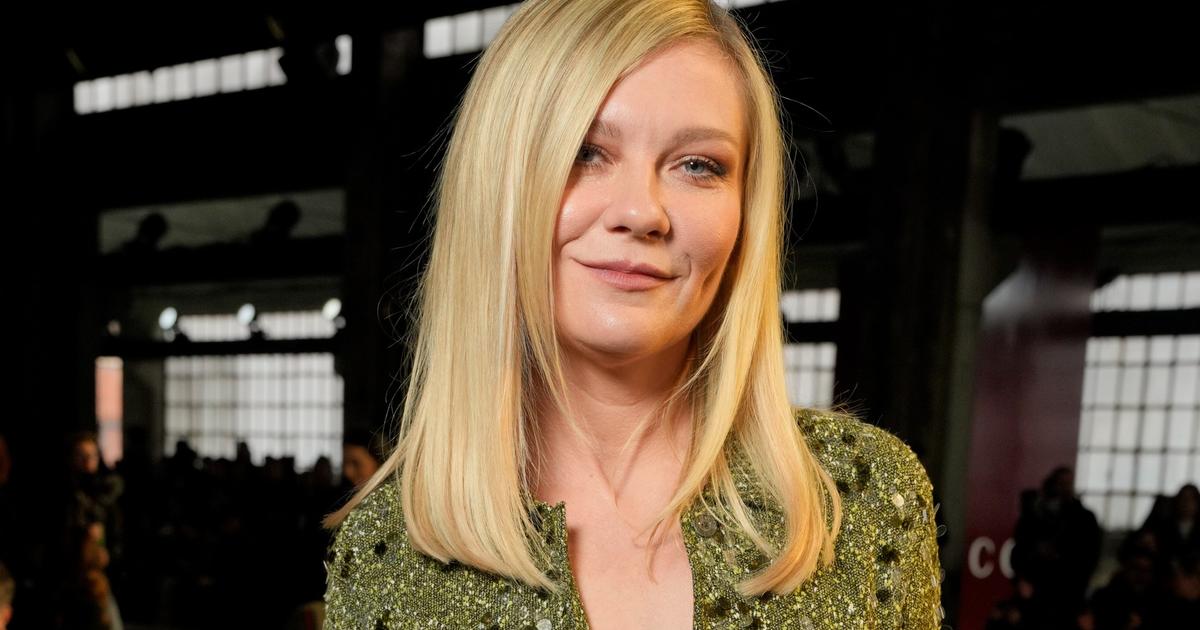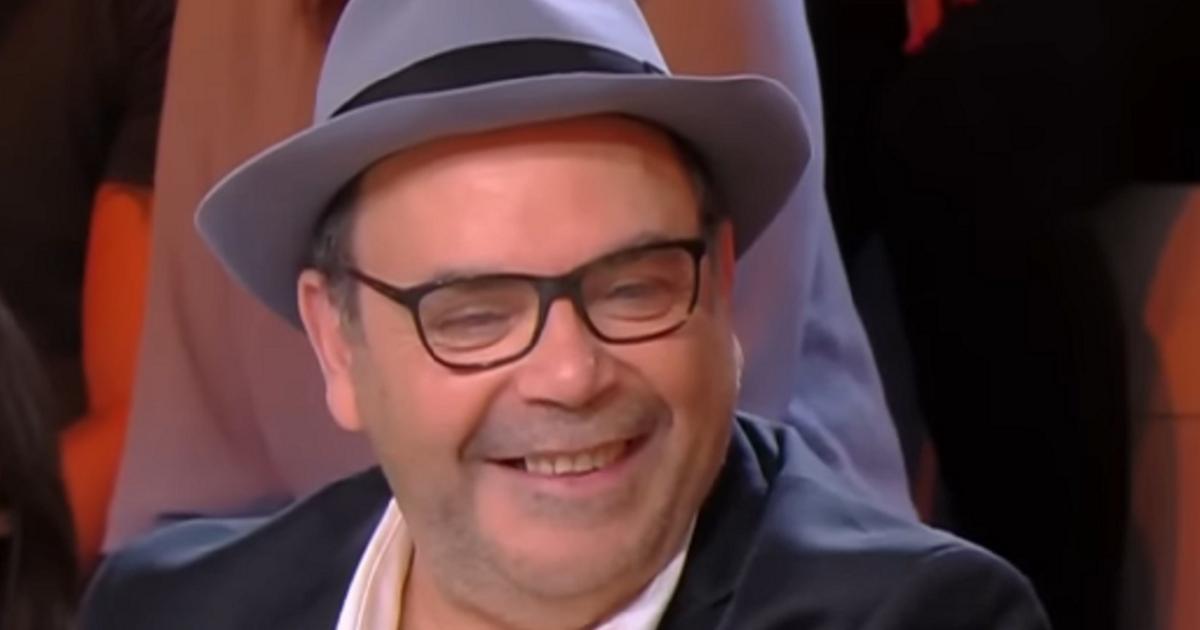From our special correspondent in Montpellier
More than 400 artists used the GI Bill scholarship, which allowed any veteran to finance his studies by enrolling in Parisian art schools and academies between 1946 and 1963. Why Paris, when the capital of the arts has switched to the New World, that abstract expressionism, the New York school, Jackson Pollock and Willem de Kooning, are the heroes after 1945?
American universities were saturated.
Read also:
Chromatic explosion at the Museum of Fine Arts in Rennes
Life in Paris, much cheaper - you could live there comfortably with the 75 dollars per month of the GI Bill (the name of his soldiers comes from
galvanized iron,
in French "galvanized iron", inscribed on the baskets, dustbins and equipment metal from the US Army). The Paris of artists, intellectuals and expatriates, more flexible than Eisenhower's America, was found in the cafes of Saint-Germain-des-Prés, underlines Catherine Dossin, art historian at Purdue University, specializing in in the geopolitics of the art world and cultural transfers in contemporary times.
After the Arts Museum in Nantes, this spring, the Fabre Museum in Montpellier, highlights this American presence diffused in France from 1946 to 1964. Its contribution to the redefinition of abstract art, both through its broad formats born from abstract expressionism and the great American spaces, only by a new search for expressiveness.
In Montpellier, the director of the Musée Fabre, Michel Hilaire, and the curator, Maud Marron-Wojewodzki, take up the torch from Sophie Lévy and Claire Lebossé and retrace, in their very didactic way, the history of "United States of Abstraction Artistes Americans in France (1946-1964) ”.
American universities were saturated.
Life in Paris, much cheaper - you could live there well with the 75 dollars a month from the GI Bill
From Mark Tobey to James Bishop, from Robert Breer to Jack Youngerman, this small group of different artists is rich in adventurous temperaments, free spirits, because considered by the great critic Michel Tapié as
"virgins of artistic tradition"
.
The proof is in 90 works which are often discoveries for the French public, even revelations.
• Ellsworth Kelly
The native of Newburg (1923), New York State, joined the Beaux-Arts in Paris in 1948. In 1949, with his friend the American painter and his exact contemporary Ralph Coburn (98 years old!), He visited the studio of composer and poet John Cage (1912-1992). In their correspondence, he defined his work in 1950:
“Painting, as we have seen it for a long time, that is to say only to hang it on the walls of a house, no longer interests me. To hell with paintings! They should be the wall… ”
He visits the workshop of Brancusi, Vantongerloo, Magnelli, Picabia and especially Arp, in Meudon.
He exhibited at the Galerie Maeght in 1951. He stayed with his artist friends in Belle-Île, in Sanary-sur-Mer, in Meschers-sur-Gironde.
In 1953, he befriended Calder, Morellet.
He left for New York in 1954, after severe jaundice.
The Fabre Museum exhibits
Window, Museum of Modern Art, Paris
(1954), an exact copy of a chosen object and Beaubourg treasure.
• Joan Mitchell
Born in Chicago in 1925, Joan Mitchell is the daughter of a poet mother, Marion Strobel Mitchell, an athlete (diving and ice skating) who
"approaches painting almost like a competitive sport"
.
She came to France for the first time in 1948, married there with the American publisher Barney Rosset, defender of DH Lawrence.
She spends her winters in New York, returns every summer to France from 1955, settles permanently in Paris in 1959 with her companion, the Canadian painter Jean-Paul Riopelle.
Nourished by Cézanne, Kandinsky, Matisse and Van Gogh, this woman of temperament joined the Galerie Jean Fournier, but stayed away from the École de Paris, of which Riopelle was one of the stars.
She remains close to the Americans Norman Bluhm and Sam Francis, who share a studio on Boulevard Arago, and Shirley Jaffe, who came to France in 1949 with her husband, the journalist and poet Irving Jaffe, holder of the GI Bill.
• William Klein
The young New York prodigy (he finished high school at the age of 14!) Joined the American army before the age of 20, which assigned him from 1946 to 1948 to the troops stationed in Germany. Thanks to the GI Bill, he came to Paris, enrolled at the Sorbonne (sociology and psychology) and settled in Fernand Léger's studio. He still lives there (93 years!). The young man very quickly meets the Swiss architect trained by the Bauhaus Max Bill, the American artists, Jack Youngerman and Ellsworth Kelly. In 1952, the Italian architect and designer Angelo Mangiarotti (1921-2012) commissioned him pivoting panels intended to compartmentalize a room: here is his model of six movable panels with photographs laminated on wood. William Klein experiments in a darkroom. He is familiar with the research of the Hungarian Laszlo Moholy-Nagy and practices the photogram,he is a black and white artist.
• Sam Francis
Seriously injured during flying exercises for the United States Air Force in 1944, the young Californian spent several years in hospital and began to paint
"to stay alive"
, after a visit in 1945 by David Park, painter of the Bay Area Figurative Movement.
Sam Francis had studied music.
Released from hospital, he studied art at Berkeley, before settling in Paris in 1950 - he remained there until 1961 -, thanks to the GI Bill, and also to follow the courses of the Fernand Léger workshop.
Read also:
Pictorial efflorescences in Giverny
In 1951, Riopelle introduced it to the art critics and great pioneers of their time, Georges Duthuit and Michel Tapié.
In 1952, the one who was first influenced by the painters of Abstract Expressionism, Mark Rothko, Arshile Gorky and Clyfford Still, met Henri Michaux.
And trip to the Mediterranean, imbued with
Water Lilies,
by Monet (1953).
His compositions are between painting and music.
“United States of Abstraction.
American artists in France (1946-1964) ”, at the Musée Fabre, in Montpellier, until October 31.
Joint catalog with the Nantes Arts Museum, edited by Sophie Lévy and Michel Hilaire, Snoeck, 29 euros.
To read,
Surrealism in American art,
co-published by Ville de Marseille and RMN-Grand Palais, 39 euros.









